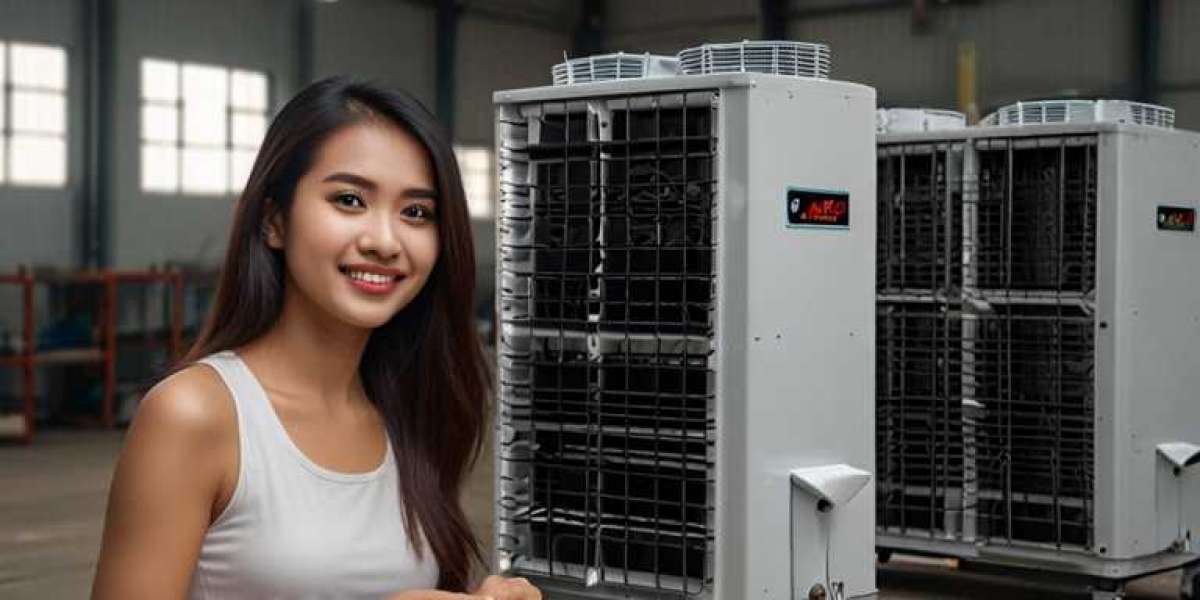Spray foam insulation has become one of the most effective and popular solutions for improving energy efficiency in homes and buildings. In areas like Kansas, where weather conditions can range from scorching summers to freezing winters, having proper insulation is essential to maintaining comfort and reducing energy costs. Spray foam insulation offers a superior method for sealing off air leaks, preventing moisture buildup, and enhancing overall structural integrity.
In this article, we will break down the installation process of spray foam insulation, providing a step-by-step guide that outlines what to expect. Whether you are considering this for your home or commercial property, understanding the process is key to ensuring the job is done correctly.
What is Spray Foam Insulation?
Spray foam insulation is a two-component material made up of isocyanate and polyol resin. When these two chemicals are combined, they react to create a foam that expands rapidly upon application. The foam fills gaps, cracks, and cavities, creating an airtight seal that is excellent for insulating a space.
There are two types of spray foam insulation: open-cell and closed-cell. Open-cell spray foam is lighter, more flexible, and generally less expensive. It is ideal for interior walls and spaces that don’t require significant moisture resistance. Closed-cell spray foam, on the other hand, is denser, offers better insulation, and provides a vapor barrier, making it ideal for roofs, exterior walls, and areas with high moisture exposure.
Pre-Installation Preparation
Before the installation process can begin, proper preparation is crucial. This includes evaluating the space that needs insulation, ensuring safety measures, and removing any obstacles that could interfere with the application process.
1. Evaluation and Inspection
Before spray foam insulation can be installed, a professional will assess the property to determine the best type of foam (open-cell or closed-cell) for your specific needs. Factors like the age of the building, the presence of existing insulation, and the desired insulation goals will all be taken into account. Proper evaluation ensures that the foam is applied effectively, providing maximum benefits.
2. Sealing and Surface Preparation
The areas to be insulated must be properly cleaned and prepared before the spray foam can be applied. This involves removing any dust, dirt, or debris that could prevent the foam from adhering properly to the surface. Additionally, any existing insulation may need to be removed if it is old, damaged, or insufficient.
Safety measures are also essential during this phase. Spray foam contains chemicals that can be hazardous during application, so protective gear, including gloves, goggles, and respirators, is necessary for both the workers and anyone present during installation.
The Spray Foam Installation Process
Once the preparation phase is complete, the actual spray foam insulation installation can begin. The process typically follows these key steps:
1. Mixing the Components
Spray foam insulation consists of two separate liquid components, which are stored in individual tanks. These two materials—polyol resin and isocyanate—are mixed together in a specialized spray foam machine right before application. The machine heats and pumps the materials into the spray gun, where they combine and react to create foam.
This chemical reaction causes the mixture to expand rapidly, allowing it to fill even the smallest gaps and crevices. The installer must carefully monitor the mixture to ensure it is properly balanced for optimal performance.
2. Application of the Spray Foam
Once the foam is mixed, it is applied to the desired area using a high-pressure spray gun. The technician will work in sections, applying the foam in a consistent, even layer. One of the primary advantages of spray foam insulation is that it expands quickly upon contact with surfaces, which allows it to fill any irregular spaces completely.
The installer will typically start with hard-to-reach areas, such as corners and edges, before moving to the larger, flat sections of the wall, ceiling, or floor. Care is taken to avoid over-spraying or applying the foam too thickly, as excessive buildup can lead to wasted materials or uneven surfaces.
3. Curing and Expansion
After the foam is applied, it begins to expand and cure almost immediately. This process can take anywhere from a few minutes to several hours, depending on the type of foam and the environmental conditions. During the curing process, the foam expands to many times its original size, creating a tight, airtight seal.
Once cured, the foam hardens and becomes a durable insulating barrier. Closed-cell foam creates a rigid, dense structure, while open-cell foam remains softer and more flexible. Both types provide excellent thermal resistance, but closed-cell foam also adds structural integrity and moisture protection.
Post-Installation Steps
After the foam has fully cured, the installation process moves into the final phase, where the finishing touches are made, and the space is inspected for quality assurance.
1. Trimming Excess Foam
During application, the foam may expand beyond the desired area, resulting in some excess material. Once the foam has fully cured, the excess can be trimmed or cut away using specialized tools. This step ensures that the foam is flush with the wall, ceiling, or floor surface, creating a clean, even finish.
2. Inspection and Quality Check
A thorough inspection is conducted to ensure the foam has been applied evenly and there are no gaps or missed areas. The insulation is checked for proper thickness and density to confirm that it meets the specified requirements. Any areas that need additional foam or adjustments will be addressed at this stage.
3. Cleanup and Final Steps
After the inspection is complete, the installation team will clean up the workspace, removing any tools, equipment, or debris. If the installation took place in a residential property, the team will ensure the home is safe to re-enter, as the fumes from spray foam can linger temporarily after application. Proper ventilation is usually provided to help the area air out.
Benefits of Spray Foam Insulation for Kansas Homes and Businesses
Spray foam insulation offers a range of advantages that make it an excellent choice for properties in Kansas. The state’s weather extremes demand insulation that can perform well in both hot and cold conditions, and spray foam insulation is up to the task.
1. Superior Energy Efficiency
One of the most significant benefits of spray foam insulation is its ability to create an airtight seal, preventing air leaks that can lead to heat loss in the winter or heat gain in the summer. By eliminating these leaks, spray foam insulation helps lower energy consumption, making it easier to maintain a comfortable indoor temperature and reducing heating and cooling costs.
2. Moisture and Mold Prevention
Spray foam insulation, particularly closed-cell foam, acts as a moisture barrier, preventing water from penetrating walls, roofs, and other surfaces. This moisture resistance is crucial for preventing mold and mildew growth, which can lead to health issues and costly repairs.
3. Long-Lasting Durability
Unlike traditional insulation materials, spray foam insulation does not sag, settle, or degrade over time. Once installed, it remains in place and continues to provide excellent thermal resistance and moisture protection for years, making it a highly durable and low-maintenance solution.
Conclusion:
Installing spray foam insulation is a complex process that requires expertise and precision to ensure maximum effectiveness. From initial evaluation to post-installation cleanup, the entire process must be carefully managed to achieve the best results. Whether you're looking to improve energy efficiency, prevent moisture buildup, or enhance comfort, spray foam insulation is a top-tier choice.
If you're in Kansas and considering spray foam insulation for your home or business, Arma Coatings of Wichita can help. Their professional team is equipped to handle the installation process with the care and precision required for long-lasting results. For expert services, contact them at (316) 779-2430 today. They proudly serve Wichita and surrounding areas with top-notch spray foam insulation solutions.
Frequently Asked Questions
- How long does the installation process take?
The time it takes to install spray foam insulation depends on the size of the area being insulated. For most residential projects, installation can be completed within a day or two. - Is spray foam insulation safe for homes?
Yes, spray foam insulation is safe when installed by professionals. Proper ventilation is essential during installation, but once cured, it is non-toxic and poses no health risks. - Does spray foam insulation help with soundproofing?
Yes, open-cell spray foam insulation can help reduce noise by absorbing sound waves, making it a good option for soundproofing interior walls. - Can spray foam be installed in existing homes?
Yes, spray foam can be applied to both new construction and existing homes. In existing homes, it is often applied to attics, walls, and crawl spaces to improve insulation. - How much does spray foam insulation cost?
Costs vary depending on the size of the area and the type of foam used, but spray foam insulation tends to be more expensive upfront compared to traditional insulation. However, it offers long-term energy savings that often offset the initial investment.








